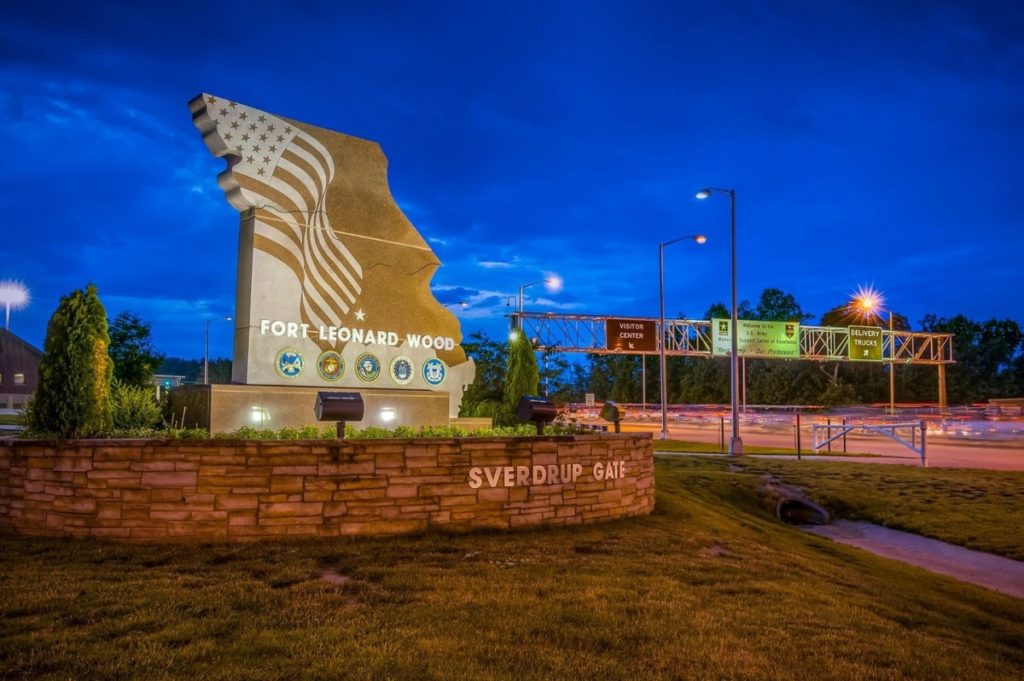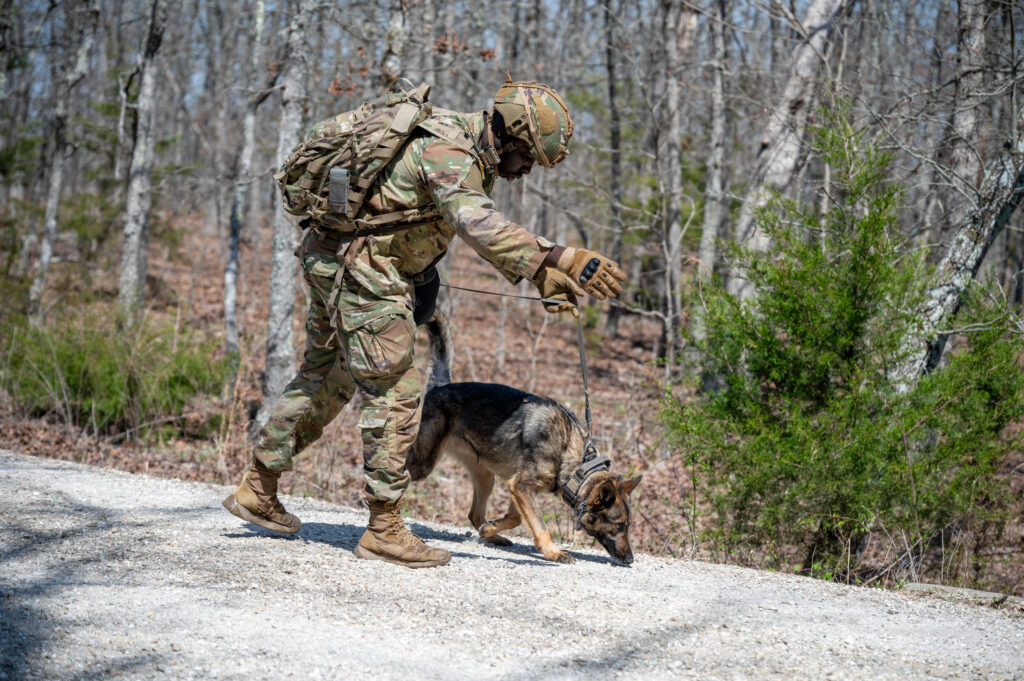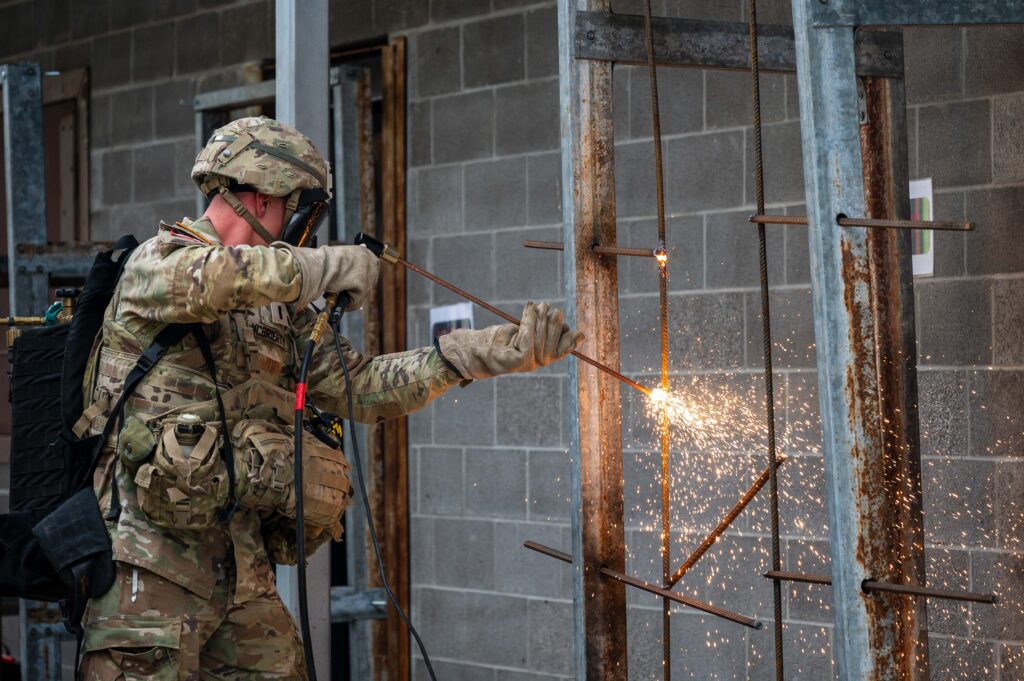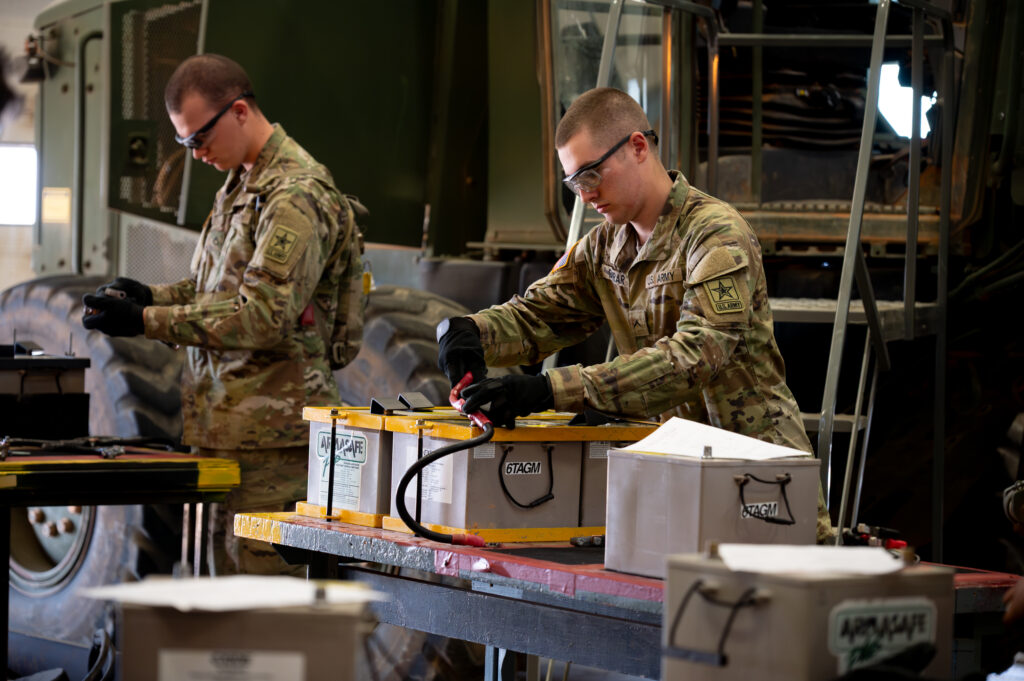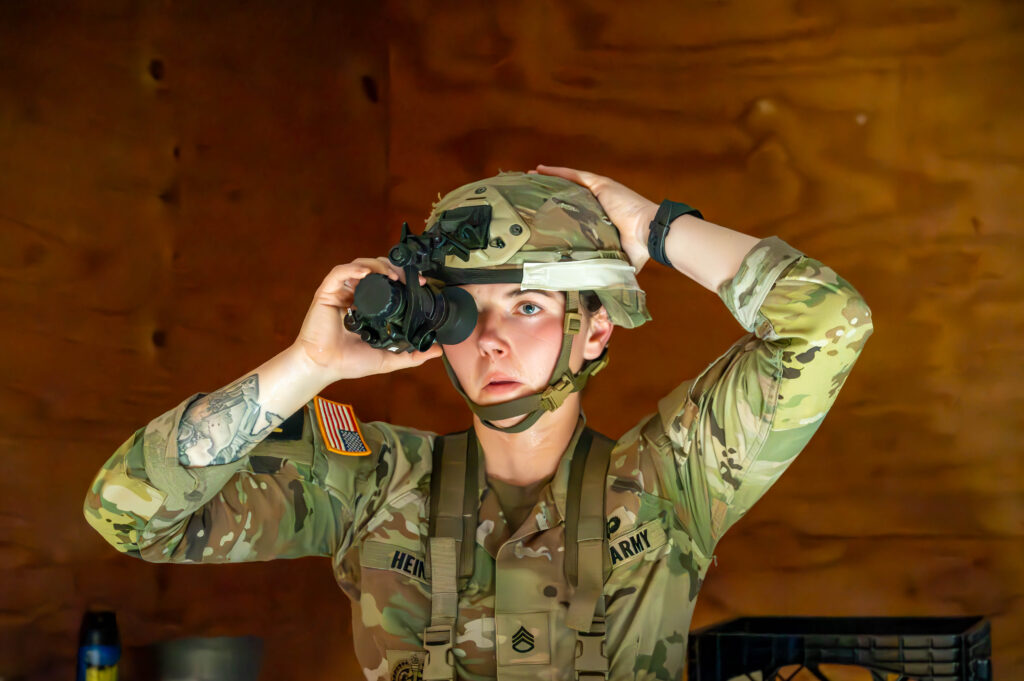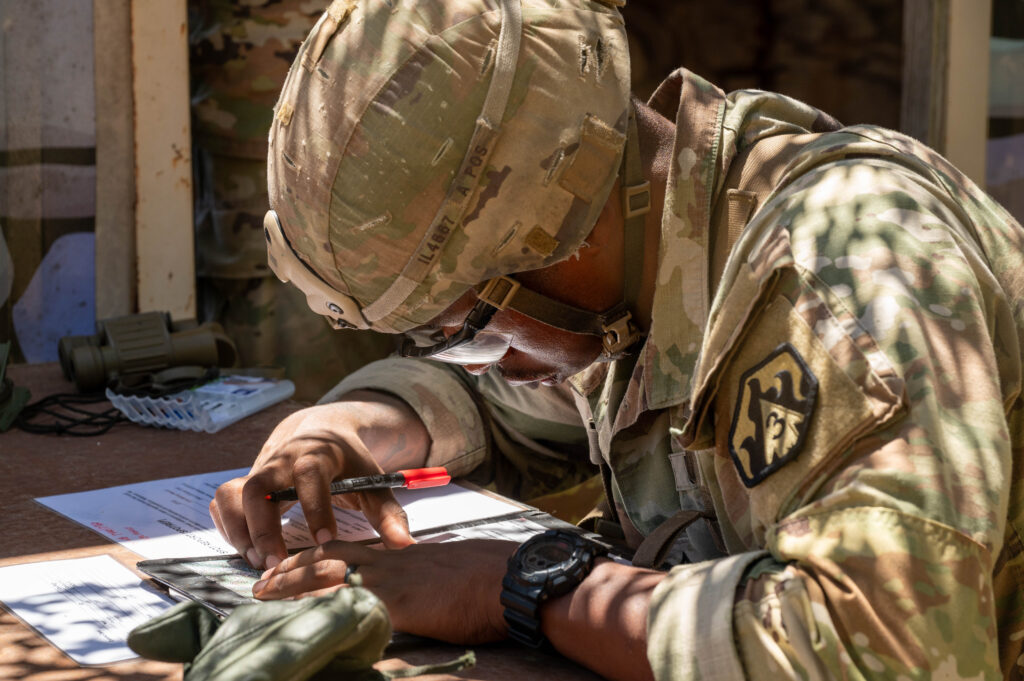Brian Hill
FORT LEONARD WOOD, Mo. (June 29, 2020) — The 3rd Chemical Brigade is set to graduate its first cycle of Soldiers trained under the new basic combat training controlled monitoring model.
More than 250 trainees assigned to companies A and B, 3rd Battalion, 10th Infantry Regiment, are scheduled to graduate July 9 – another 150 or so in Company D will graduate July 16.
The model, also referred to as two-plus-eight, provides platoon-level integrity at the beginning of the schedule as a way to introduce COVID-19 screening procedures to better protect the bubble and reduce infection rates among trainees.
According to Company A Commander Capt. Kyle Palandech, the modification to the standard BCT model was quickly developed and put into action through good coordination and teamwork.
“We were told we were going to do this controlled monitoring mission, and the mission was not built at that time,” he said. “So, we actually came together as a battalion – all the company commanders and first sergeants – and we started building courses of action on what this was going to look like: what would be affected and what needed to be changed.”
Palandech said it was about one week from the beginning of planning to the receipt of new recruits, and the cohesion across the entire brigade made it successful.
“Everyone understood this was a new mission – no one had done this before,” he said. “People were helping each other out. Everyone was flexible and everyone worked really well together.”
To allow for the integrity of the units during controlled monitoring, the trainees’ first 21 days are now spent learning most of the academic training curriculum, including customs and courtesies, ethics, law of land warfare, wear and appearance of the uniform, physical readiness training philosophy, recovery and fueling for performance. In addition, inprocessing tasks are accomplished and haircuts are given, and saluting, weapons safety and basic hygiene classes are taught. The trainees are also introduced to physical training, to include Army Combat Fitness Test exercise fundamentals, along with road marches and drill and ceremony – the brigade has seen increased test scores and decreases in injuries under the new model.
“When we first heard about it – the controlled monitoring over those first 21 days – my first concern was that people were going to have too much time on their hands,” Palandech said. “Going in with our core group, we all had the mindset of ‘let’s keep their time occupied; let’s get some good training in; and let’s make sure they understand where they’re at and what this mission is.’ We laid it out, explained what their training was going to look like and what our goal is.”
Staff Sgt. James Greening, one of five Company A drill sergeants who volunteered to live with and train the new recruits during the first 21 days, said having a good game plan made him comfortable with the modifications.
“We had support from our command, and we actually ran through what we were going to do, so that’s why I think it was so successful,” he said.
Greening said there are major benefits to training this way.
“Each day we had different classes, different trainings, and we just spaced it out,” he said. “We tried to not throw everything on them at one time, and I think it really benefited them. We had time to really teach them and they had time to learn.”
Company A trainee Spc. Rayanna Johnson said her family back in New Mexico and Florida were initially concerned, but regular communication has assured them it’s a safe environment.
“Because of everything that’s going on, they felt like it was a good time for me to be able to go through basic training,” she said. “Even though we haven’t been able to do all the hands-on things that we would’ve done had COVID not been an issue, I’ve been pushed to the limit physically and mentally and I’m pretty excited to get through this.”
Fellow Company A trainee Pvt. Megan Borth, form Watertown, Wisconsin, agreed.
“It is a controlled environment and we know we’re in safe hands,” she said. “They are not kidding when they say you join a second family here.”
Palandech said he feels the trainees in this cycle have built an even closer bond with each other because of the modifications to the training model.
“They had the chance to get to know each other in controlled monitoring for 21 days,” he said. “So now, they actually pick each other up great; they support each other; you see who the leaders are; you see a lot of mental resiliency out of them and you see people wanting to drive to be better. So, I think overall, it’s going well.”
Lt. Col. Matthew Mason, 3-10th Inf. Bn. commander, said he was impressed by the “adaptability and flexibility” of his training companies in their planning, resourcing and execution.
“The mission was a huge success,” he said. “Our team continues to learn from the experience and we are ready to execute the two-plus-eight model again in July.”
3-10th Inf. Bn. Command Sgt. Maj. Jason Duncan called the drill sergeants and cadre “unsung heroes.”
“(They) are the only reason controlled monitoring was successful,” he said. “They are the ones who ensured we could continue to train. I am humbled to be around such great teammates.”

-30-
About Fort Leonard Wood
Fort Leonard Wood is a thriving and prosperous installation that has evolved from a small basic training post more than 75 years ago to a premier Army Center of Excellence that trains more than 80,000 military and civilians each year.
Fort Leonard Wood is home to the U.S Army Maneuver Support Center of Excellence and three U.S. Army schools: the U.S. Army Engineer School; U.S. Army Chemical, Biological, Radiological and Nuclear School; and the U.S. Army Military Police School. In addition to training engineer, CBRN and military police specialties for the Army, Fort Leonard Wood also provides gender-integrated in-processing and Basic Combat Training for new Soldiers.
Fort Leonard Wood also hosts and trains with the largest Marine Corps Detachment and Air Force Squadron on any Army installation as well as a large Navy construction detachment.
More information about Fort Leonard Wood is at: https://home.army.mil/wood/index.php/about/mission
